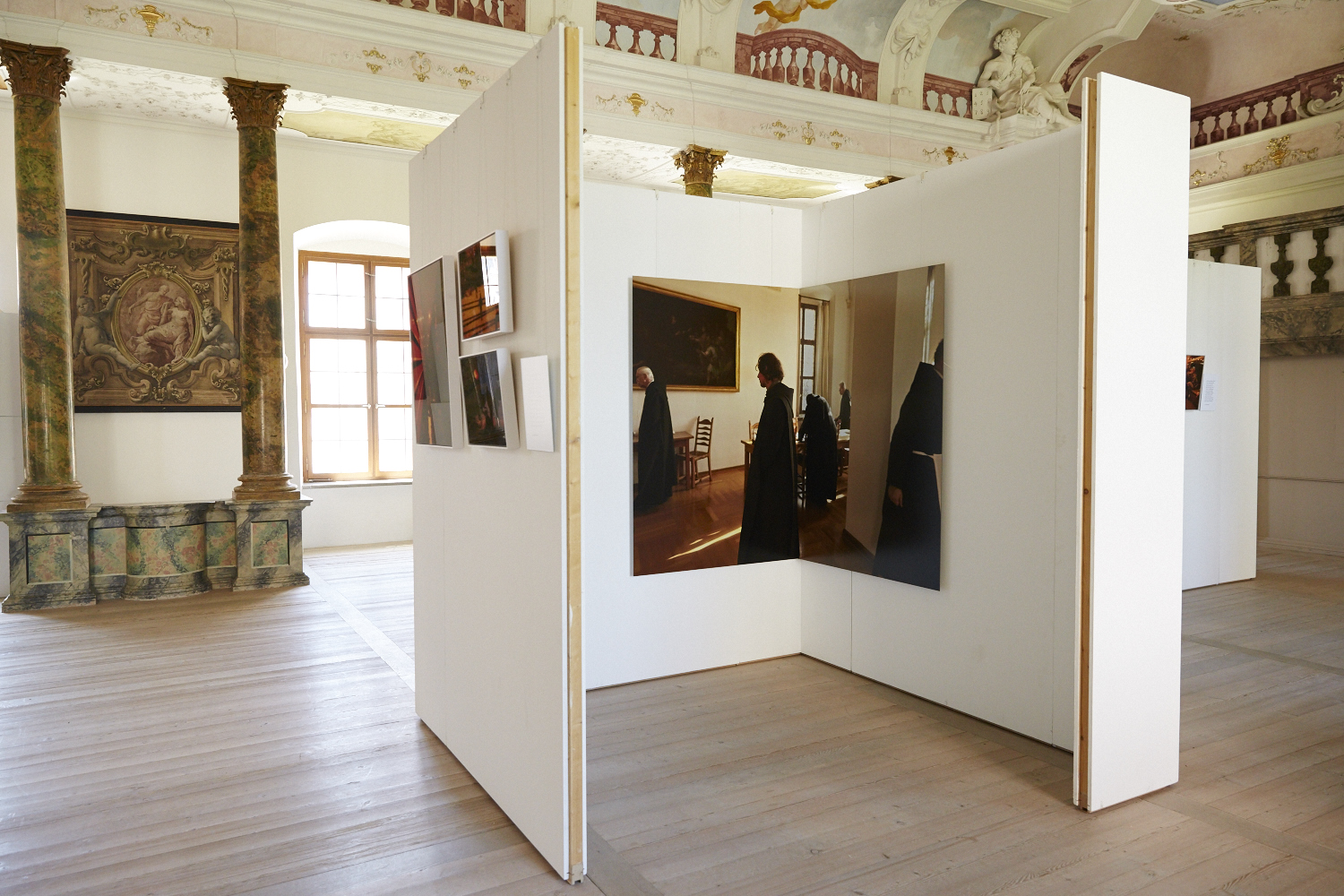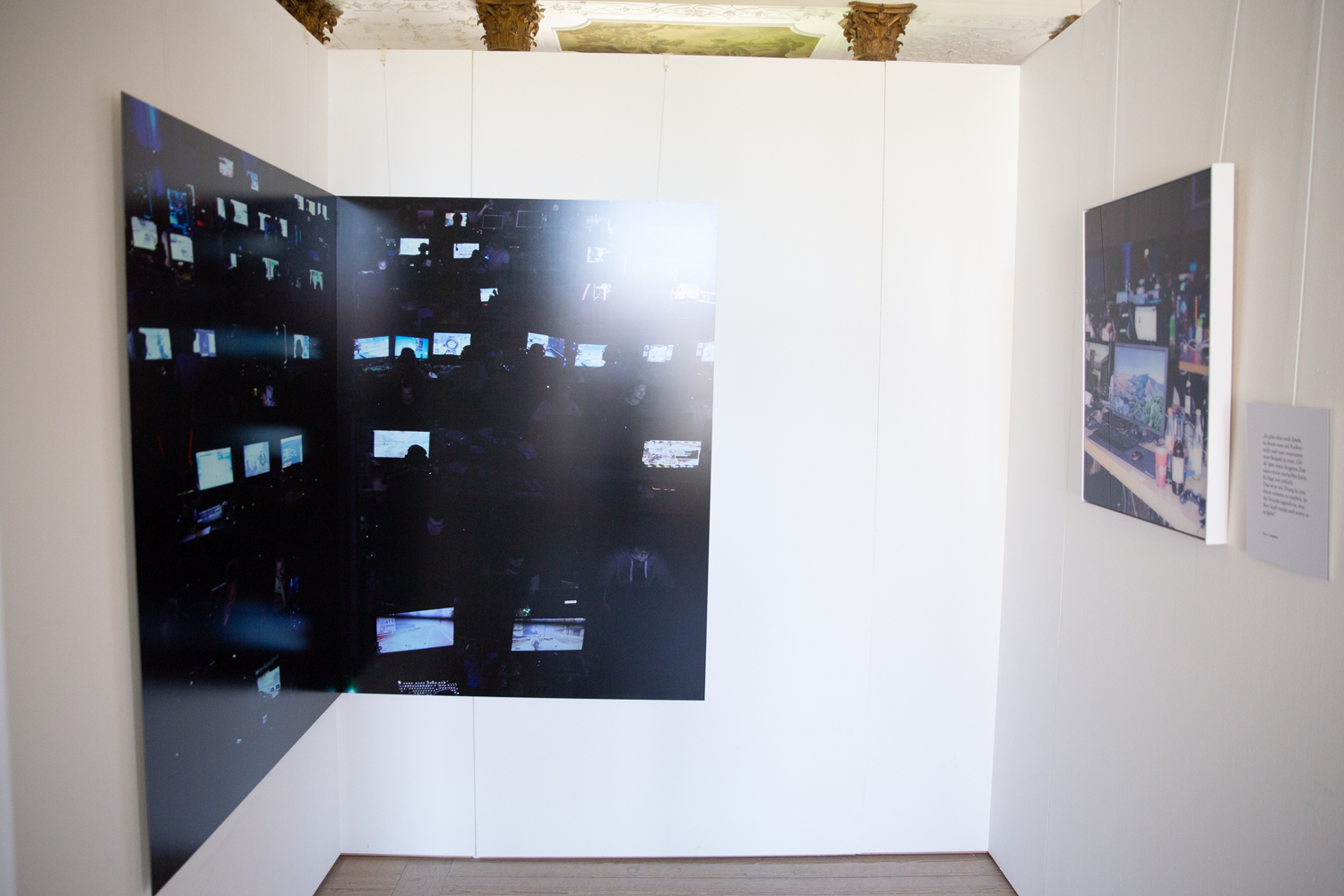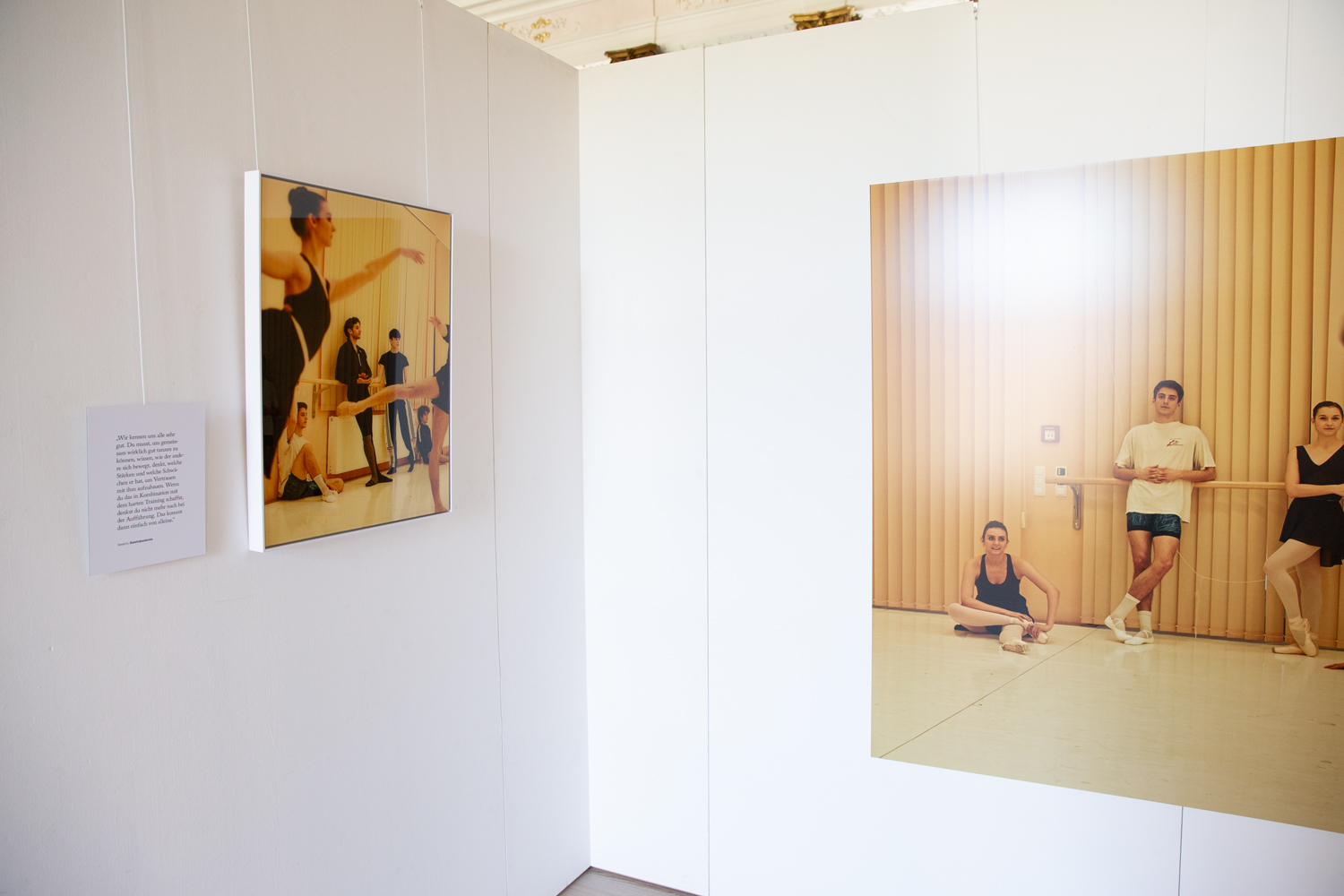Return to Paradise Documentary (ongoing)
“Return to Paradise” follows the journey of Mahmoud, a young Syrian who, after ten years of displacement, decides to return to his hometown Deir-ez-Zor to rebuild his life from the ruins. Shot between Europe and Syria, the film explores what it means to return — not only to a place, but to oneself. It weaves intimate observation with the political realities of war, exile, and reconstruction. The camera becomes a companion in this search for belonging and dignity amid the contradictions of a broken world. Ultimately, Return to Paradise is a meditation on resilience, friendship, and the human longing for home.
The Gut-Knowing
Transformation Without a Blueprint
2023
In times of proliferating global crises (climate emergency, dwindling biodiversity, refugee crisis, Covid-19, the Russian war against Ukraine, the conflict in the Middle East), I am grappling with a personal health crisis that also feels existential. For seven years I have been unable to find the cause or right treatment for my intestinal problems. Throughout these years, doctors regularly confronted me with the fact that, based on a variety of tests and according to the measurable data, I was healthy. Yet, my body was telling me something completely different.
Since the onset of an inexplicable sense of numbness in my body, I have been forced to discover on my own how to feel better. Photography has since been part of this search. Its omnipresence in our everyday lives and its seductive possibility to make a claim on reality have likely led me to choose it as my favourite tool. I consider the medium as a symptomatic lens for our society’s strong belief in the visible, the things we can measure and count, and its striving to control the world rationally and technically.
My master project is an autobiographical narrative, guiding the reader through different experiences and theoretical concepts I encountered in photo-theoretical, sociological, and philosophical literature, such as “separation” and “acceleration”. These recurring themes persisted across my experiences in photography, the school system, the health care system, and the asylum system.
Reflections are woven together with textual diary notes, collages from my notebooks, and photographs taken along the way. Through this form, I make my personal experiences and trajectory exemplary in exploring the relationship between physical and societal wellbeing, and the potential of photography.
I discuss my observations and reflections mostly using the theories of sociologist Hartmut Rosa, philosophers such as Susan Sontag, Bruno Latour, Theodor Adorno, Max Horkheimer, Walter Benjamin, and Charles Eisenstein, psychoanalyst Erich Fromm, and anthropologists Tim Ingold and Jay Ruby.
In the textual and visual elements of this written part of my graduation work, I strive to avoid binaries. Instead, I reflect on and make use of the affordances of photographs and photography to respond to experiences and societal problems in a rhizomatic, decentralised way. This is done – again – in a diaristic mode but also in the format of the workshop that I have started to explore as a collaborative form in my practice.
Book
![]()
![]()


PDF of the book - Request password here
Exhibition





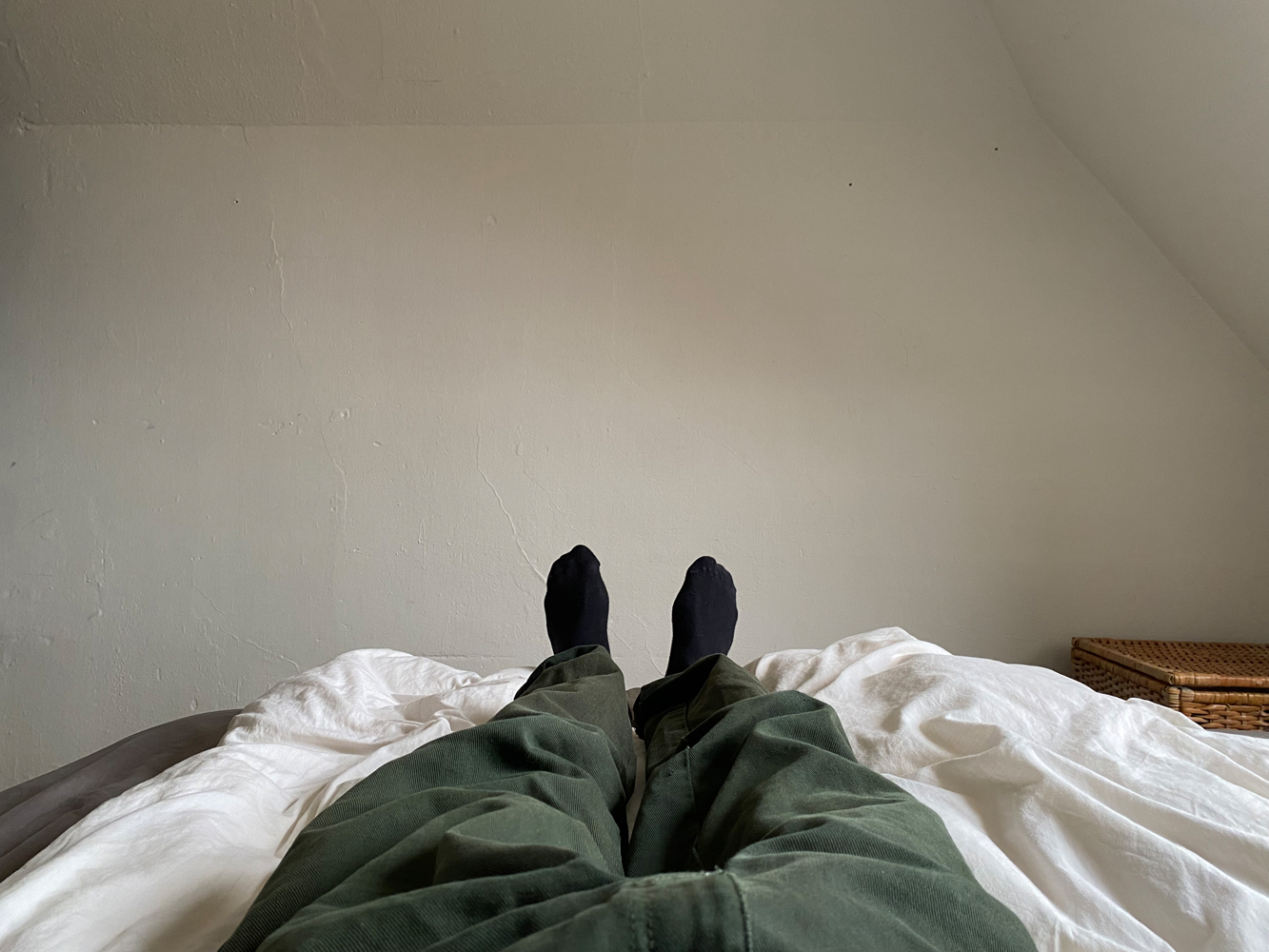








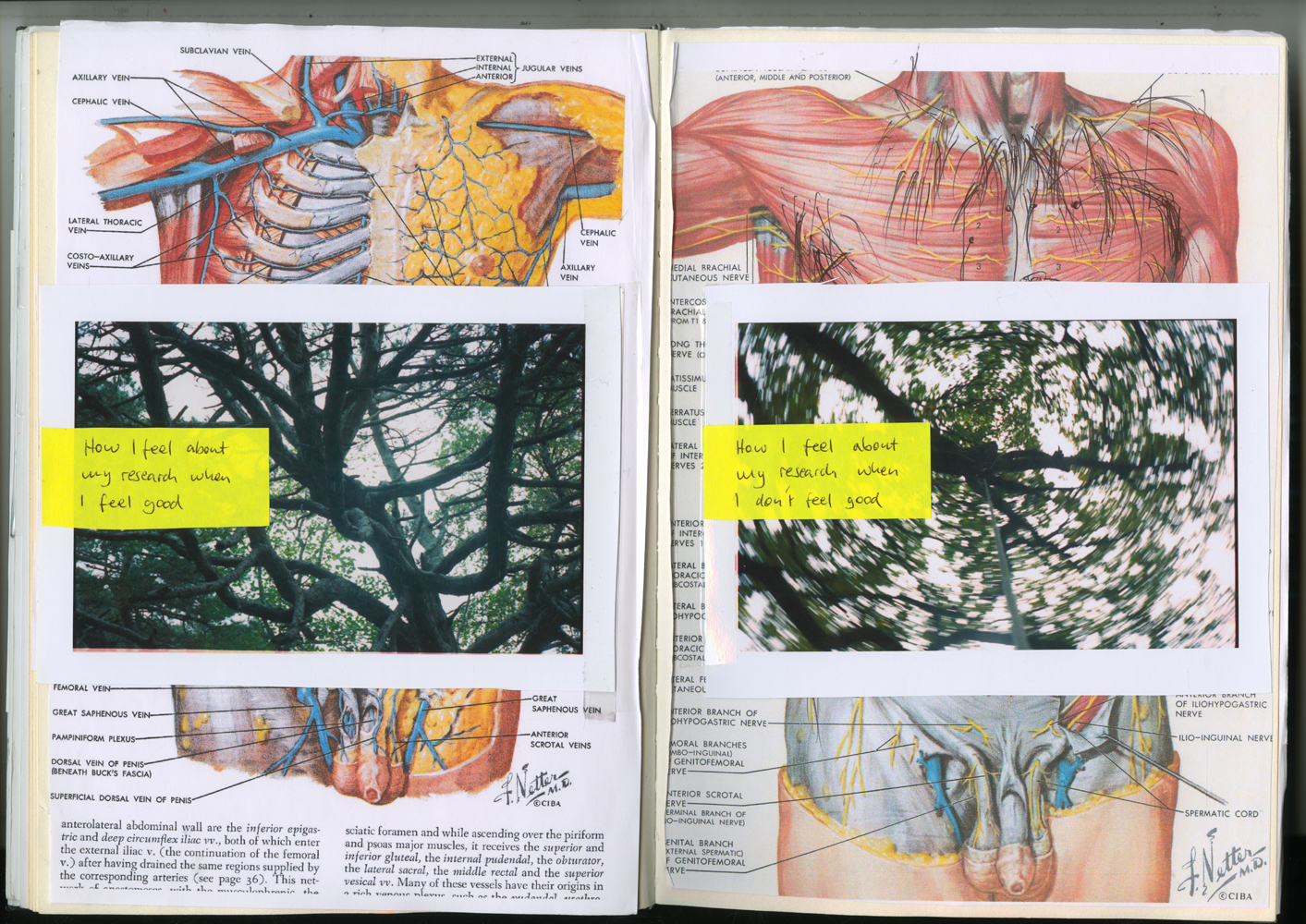

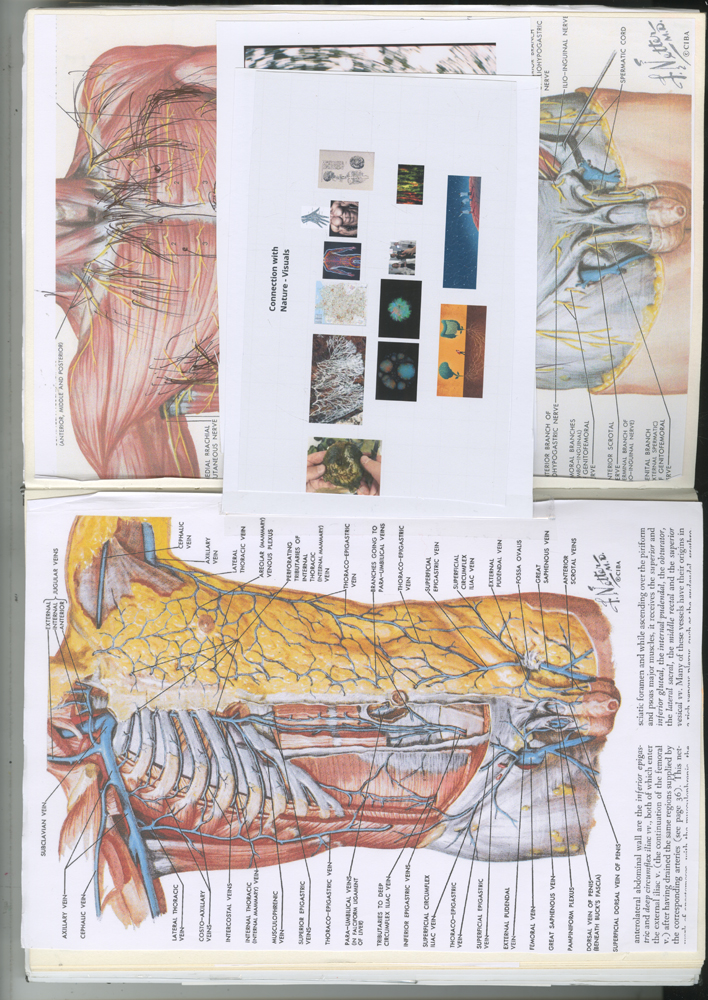












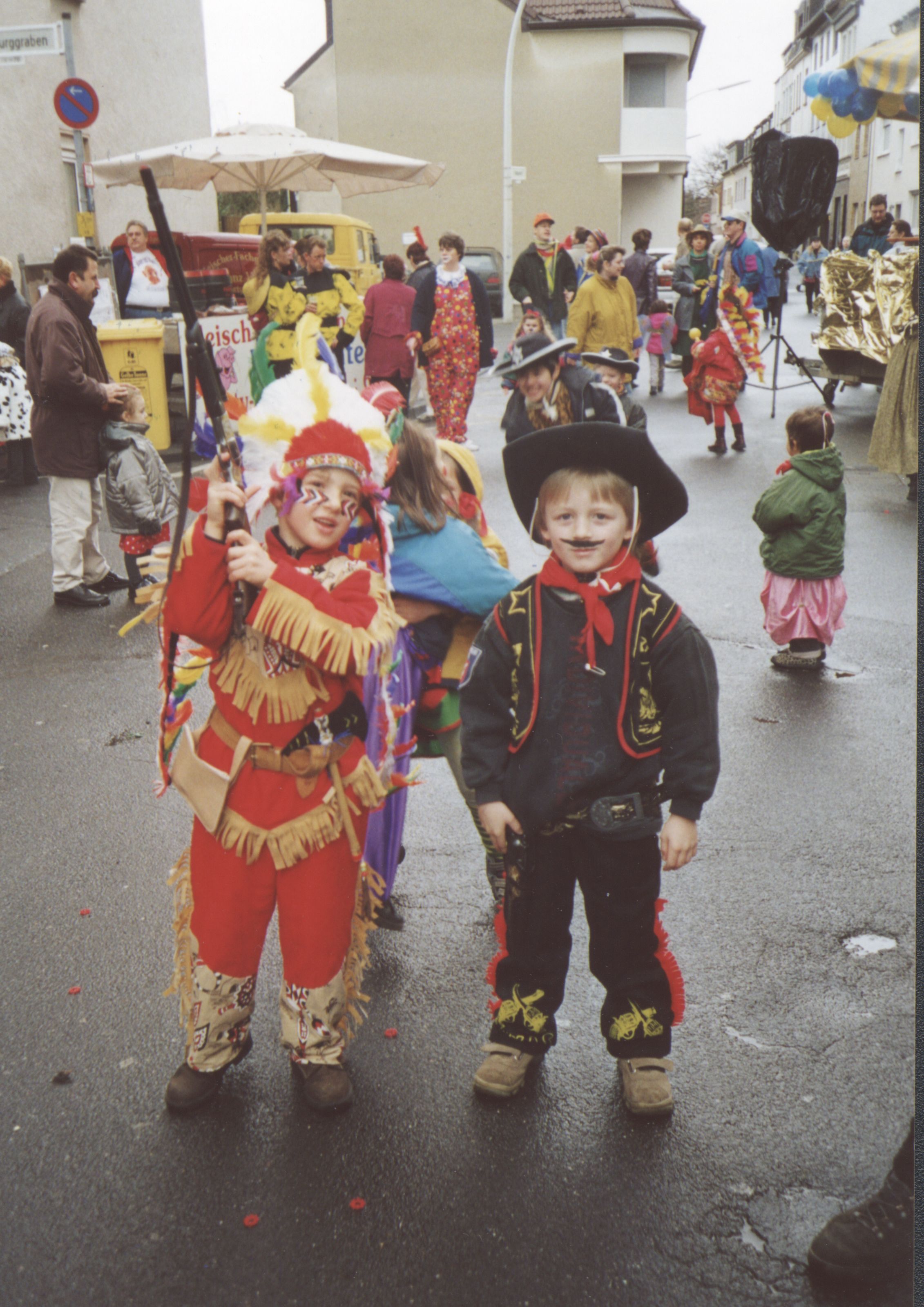






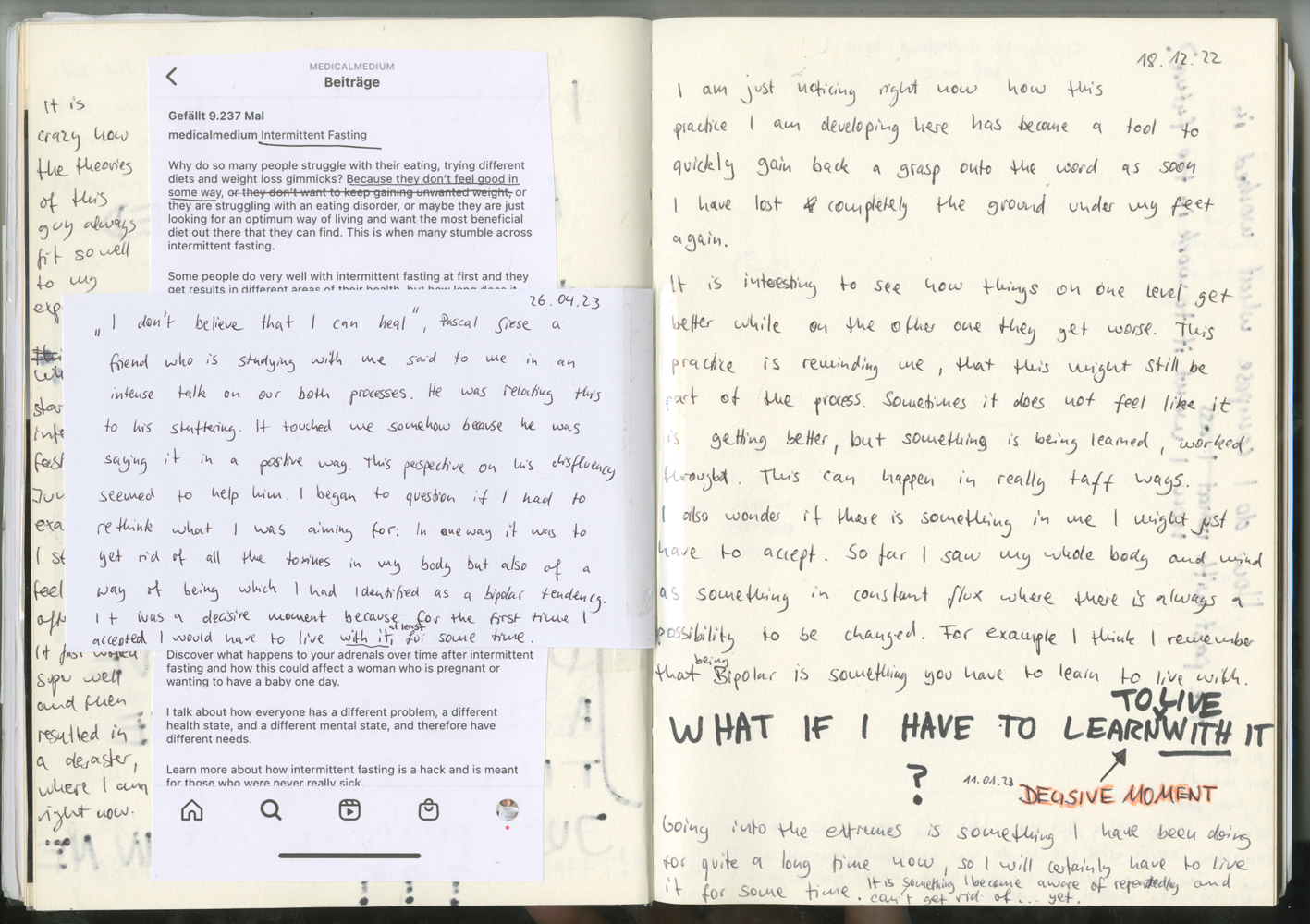


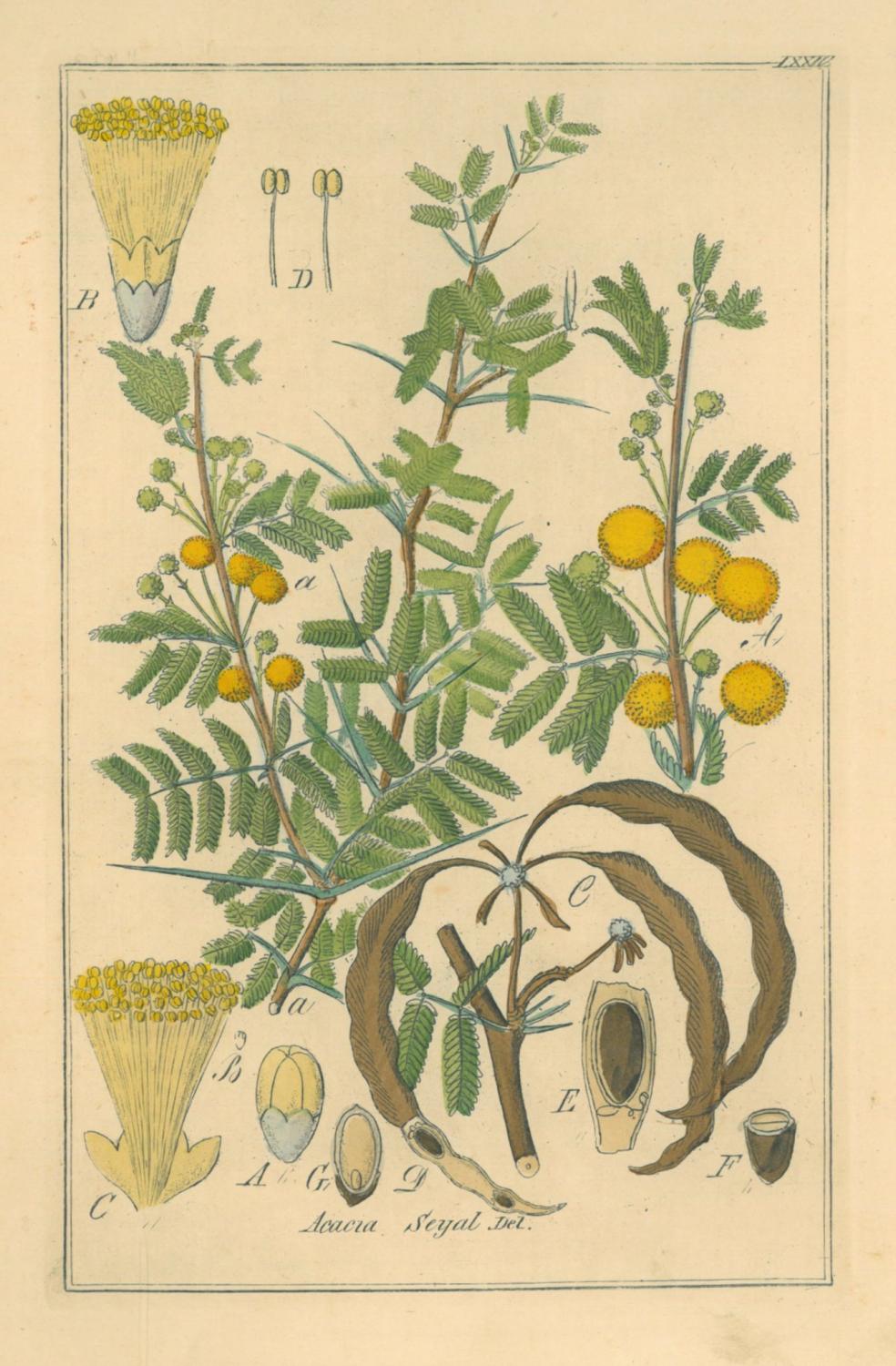
Connection and Separation of Man and Nature
(ongoing since 2021)
Part 1
Man vs. Nature
In the story of separation, we live in, nature had to be turned into dead goods, into an object to dominate it. At the same time in modern western societies everything we can count and measure has a higher reality status. What we feel has been devalued as pure subjectivity.
But maybe deep inside of us we can feel our interdependencies. That’s why we often bury our violent acts against other beings and everything connected to it in the dark.
We don’t want to feel the pain. Isn’t this pain an indicator, just like all of our feeling are, for a connection? Can we find a way to listen to them as an act of change?
My images illustrate a research on the dialectic of the separation and fascination for other life on this planet.

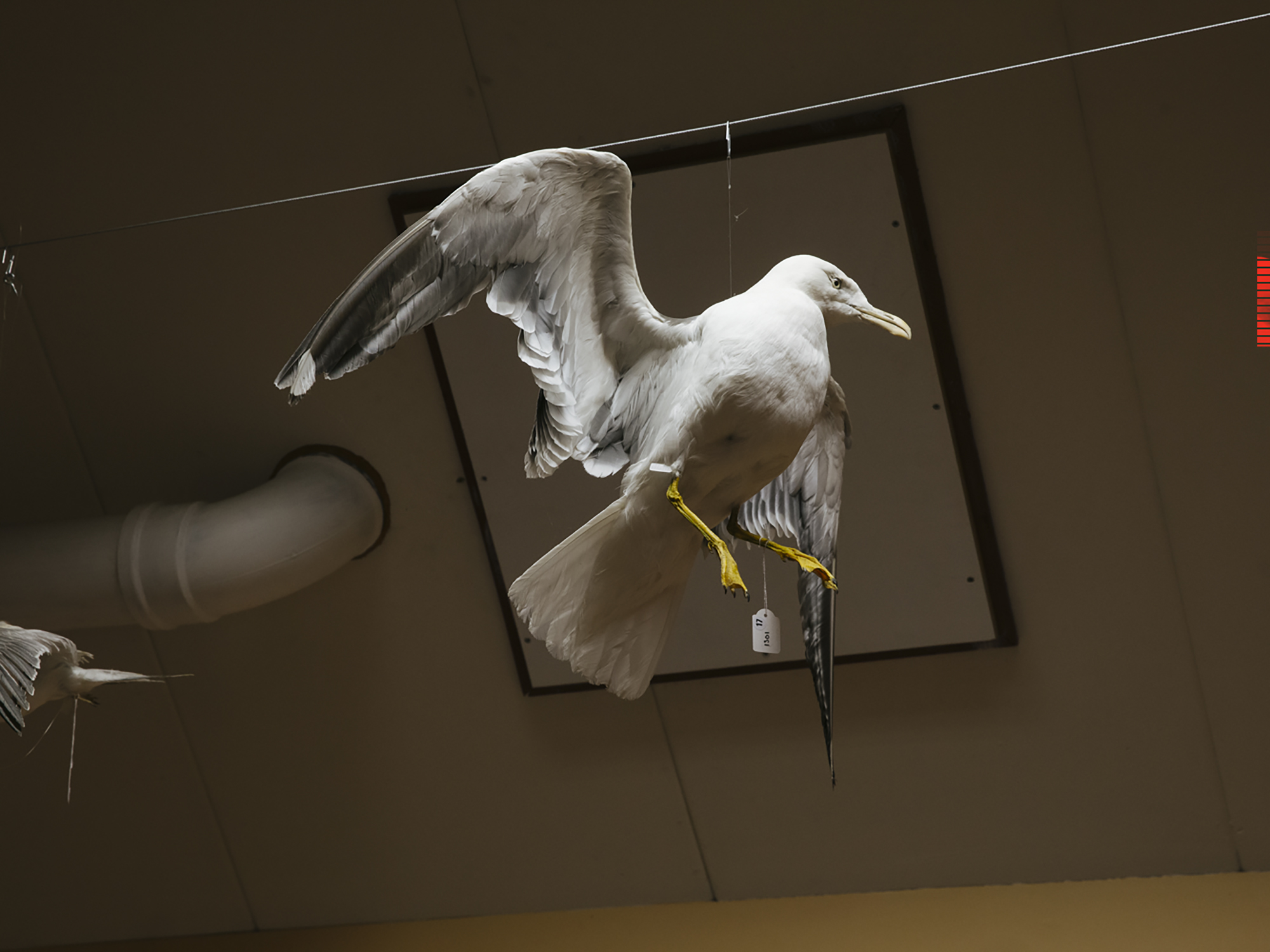



Part 2
Where and how do you have a connection to nature in your city or home?
(In collaboration with Joseph Kennel)
It’s hard to separate nature from our urban lives. Dirt, microbes, plants, and trees are weaved throughout our cities – within our own homes and around our streets. We want to explore with you the conscious and unconscious connections we build with nature in our daily lives to seek how these moments can remind us of our entanglements with it.
As visitors in Izmir, we were quickly drawn to scenes across the city where the urban and the natural merge together. In one sense, we were drawn to public spaces in which nature
pushes through the urban environment fighting for its own space. Yet we quickly became
interested in how humans were also helping mold these connections, and interacting with
nature throughout the city.
Where and how do you have a connection to nature in your city or home?
(In collaboration with Joseph Kennel)
It’s hard to separate nature from our urban lives. Dirt, microbes, plants, and trees are weaved throughout our cities – within our own homes and around our streets. We want to explore with you the conscious and unconscious connections we build with nature in our daily lives to seek how these moments can remind us of our entanglements with it.
As visitors in Izmir, we were quickly drawn to scenes across the city where the urban and the natural merge together. In one sense, we were drawn to public spaces in which nature
pushes through the urban environment fighting for its own space. Yet we quickly became
interested in how humans were also helping mold these connections, and interacting with
nature throughout the city.





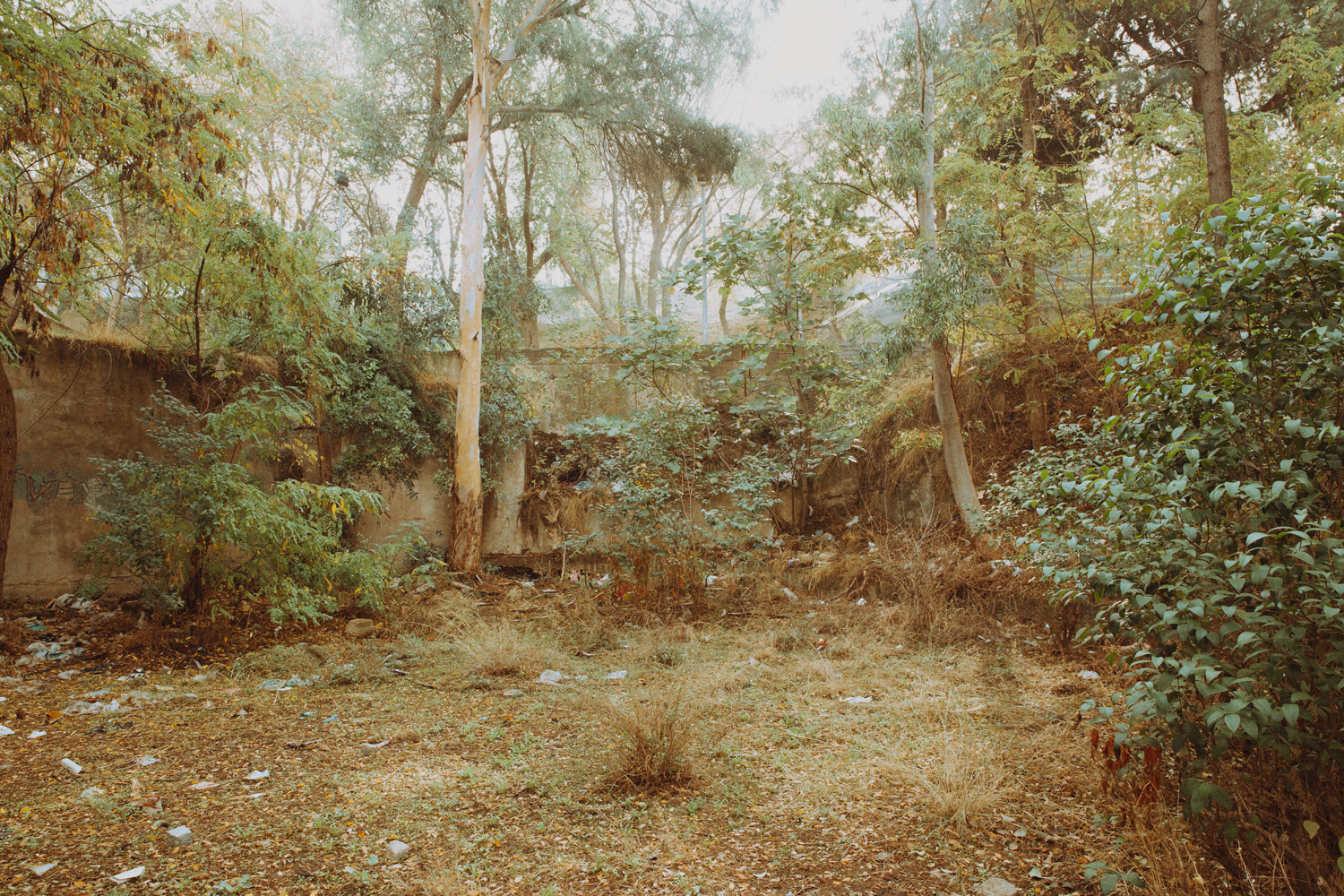
“Kommen Sie aus Europa?” (2021)
A family has to flee Afghanistan and is subjected to the complicated asylum procedure in the EU. After five years living in Germany with his son father Mohammad achieves a ban on deportation. This is needed to try to get his wife and the second son to live with him. With this he tries to get his wife and the second son to live with him. When he travels to Iran to get the marriage certificate required for this, he loses his passport. At the Afghan embassy he is told that it can take up to six months to get a new passport. But since he has to go back to his son in Germany, in the end he has no other option than to make it a second time across the Mediterranean to Europe with his family. They end up in the Moria camp on Lesbos.
Although the ten-year-old son is waiting alone with the neighbors in Germany for his father to return, his family is not allowed to travel to Germany for 18 months.
Part 1: “Machen Sie hier Urlaub?”
Part 2: “Kommen Sie aus Europa?”
Although the ten-year-old son is waiting alone with the neighbors in Germany for his father to return, his family is not allowed to travel to Germany for 18 months.
Part 1: “Machen Sie hier Urlaub?”
Part 2: “Kommen Sie aus Europa?”
Part 1 - “Machen Sie hier Urlaub?”









Part 2 - “Kommen Sie aus Europa?”













Longing for Resonance in Community (2019)
In 2016, the sociologist Hartmut Rosa put forward the thesis
in his book „Resonanz“ (Resonance - A Sociology of the relationship to the world) that mankind has a fundamental need for a response relationship („resonance“) with the world. He sees the society of the modern age, which is looking for control, security and economic efficiency, as a society that is becoming increasingly less “resonant“ and also tries to make resonance available.
The resonance that can be experienced in community is particularly romanticized. With the Industrial Revolution the dependence of the individual on communities such as family, religion or village community has decreased and with it its status in our society. In the meantime, new communities such as associations, clubs and subcultures have formed.
For a PDF of the whole project please click here.
In 2016, the sociologist Hartmut Rosa put forward the thesis
in his book „Resonanz“ (Resonance - A Sociology of the relationship to the world) that mankind has a fundamental need for a response relationship („resonance“) with the world. He sees the society of the modern age, which is looking for control, security and economic efficiency, as a society that is becoming increasingly less “resonant“ and also tries to make resonance available.
The resonance that can be experienced in community is particularly romanticized. With the Industrial Revolution the dependence of the individual on communities such as family, religion or village community has decreased and with it its status in our society. In the meantime, new communities such as associations, clubs and subcultures have formed.
For a PDF of the whole project please click here.
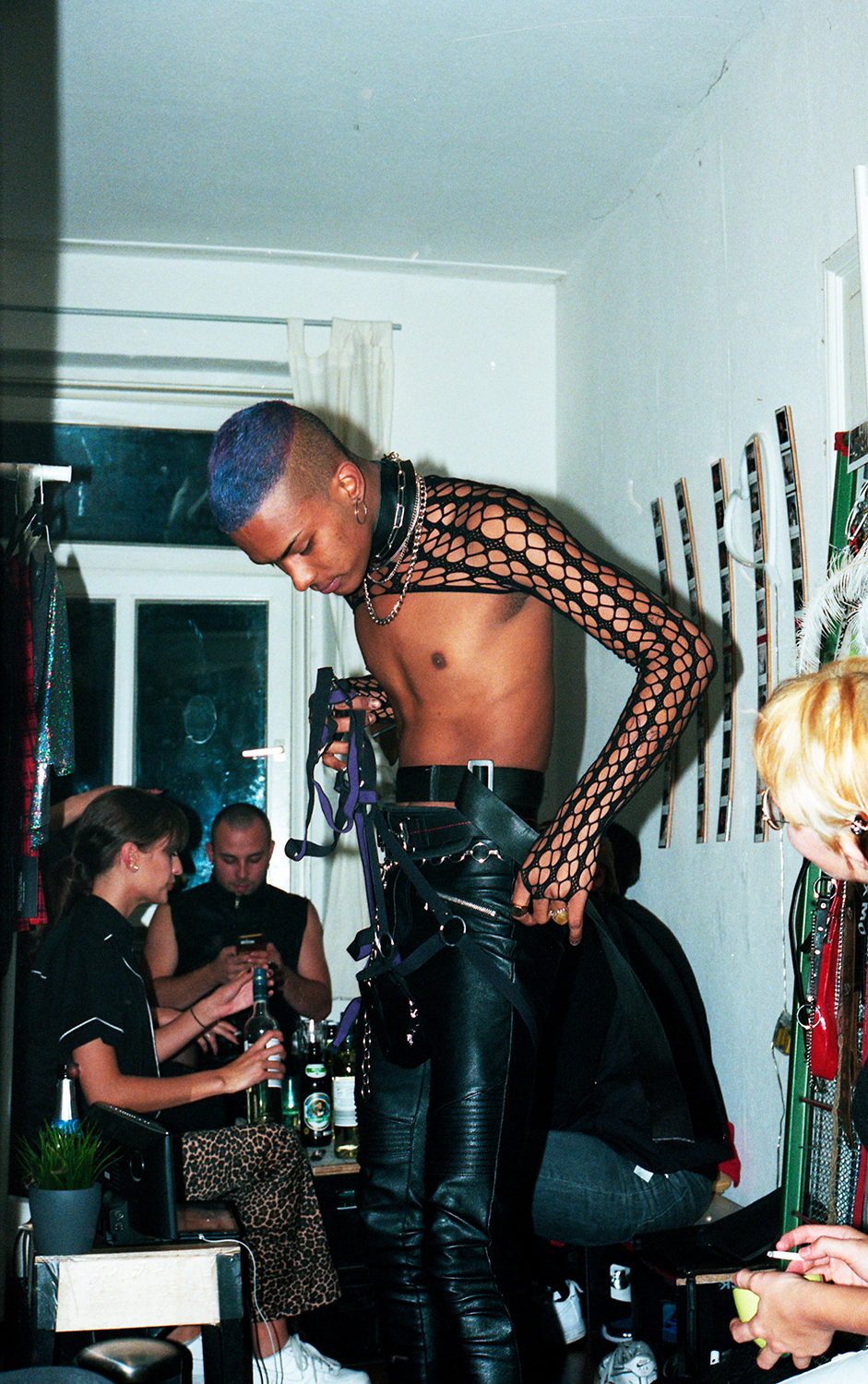






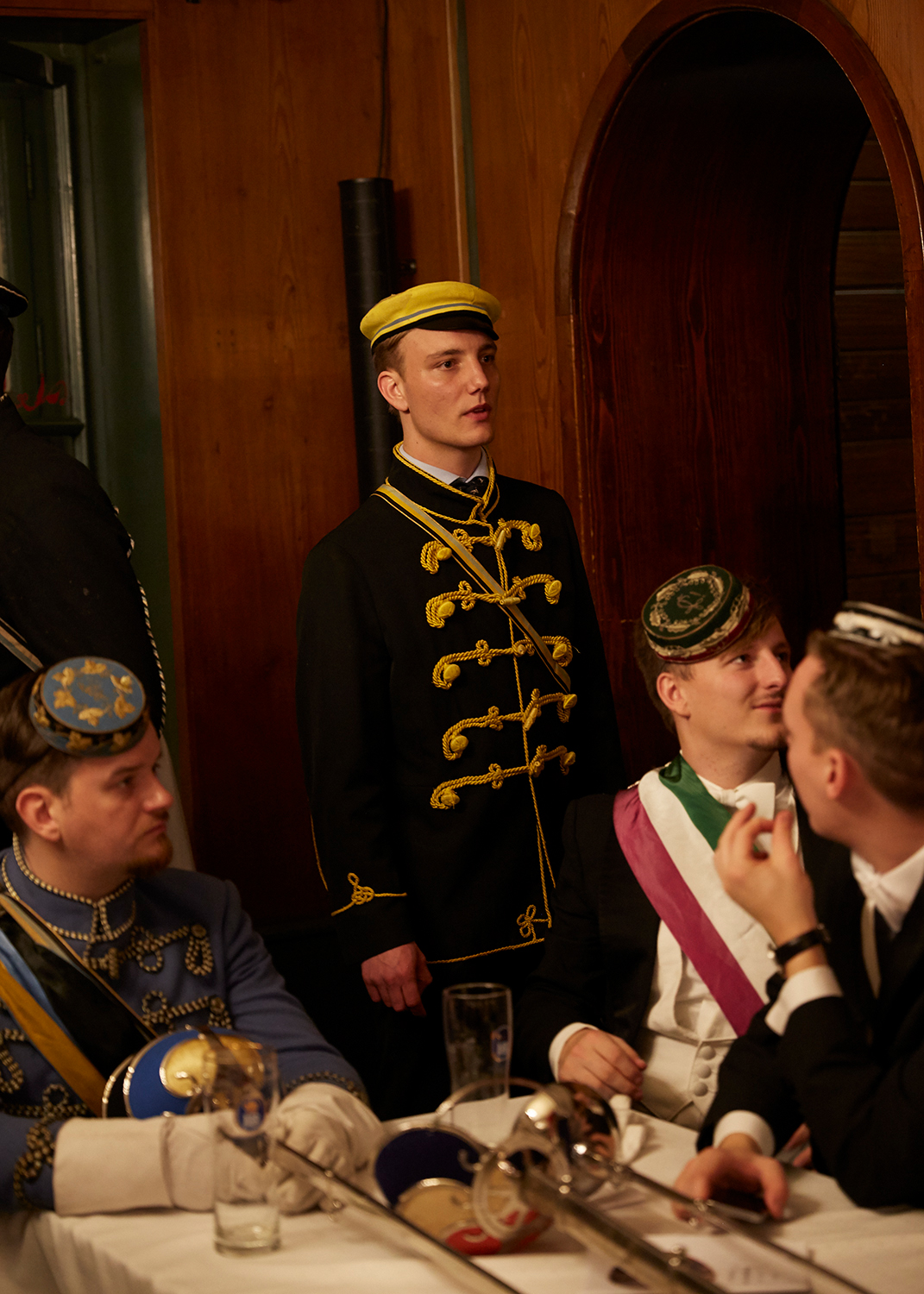
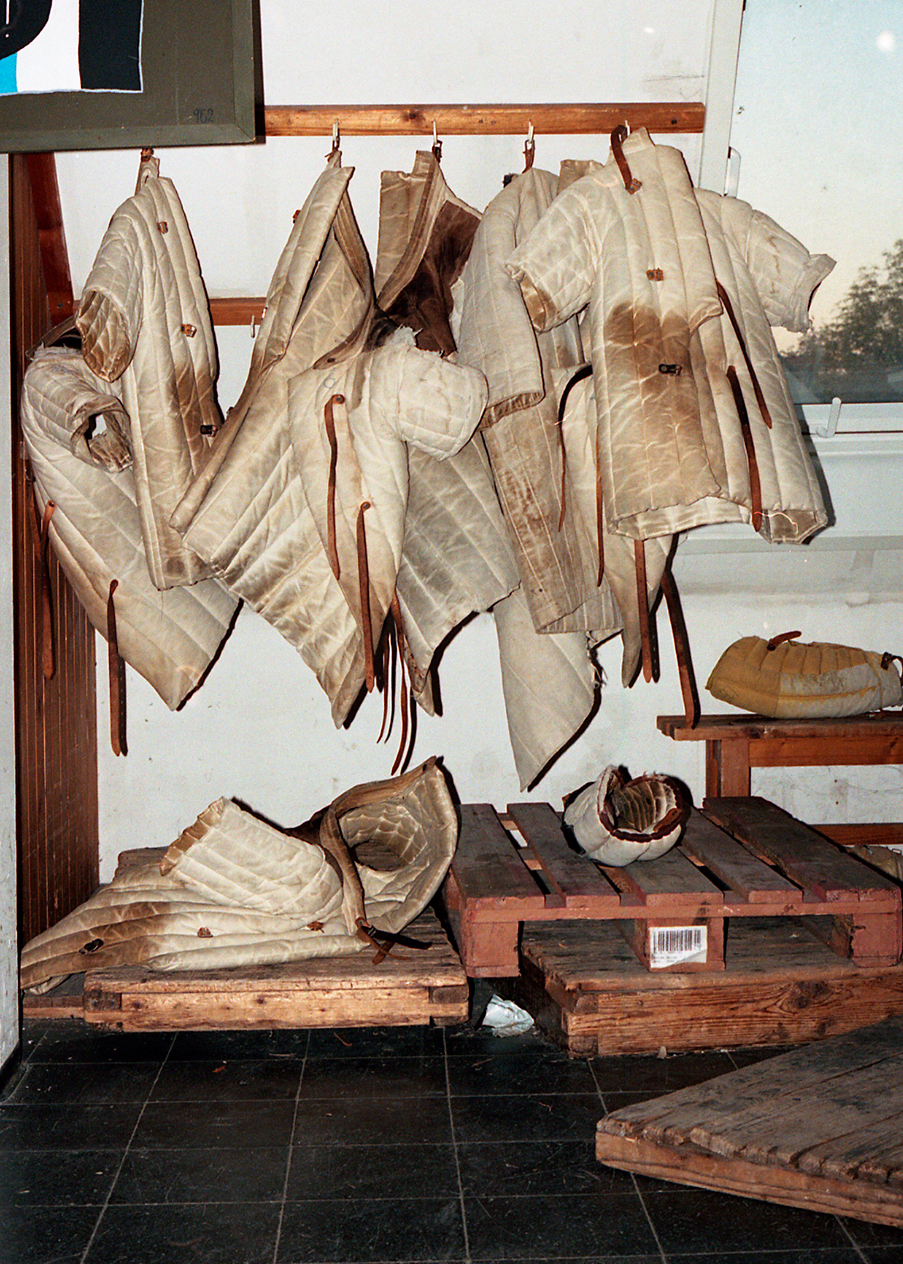
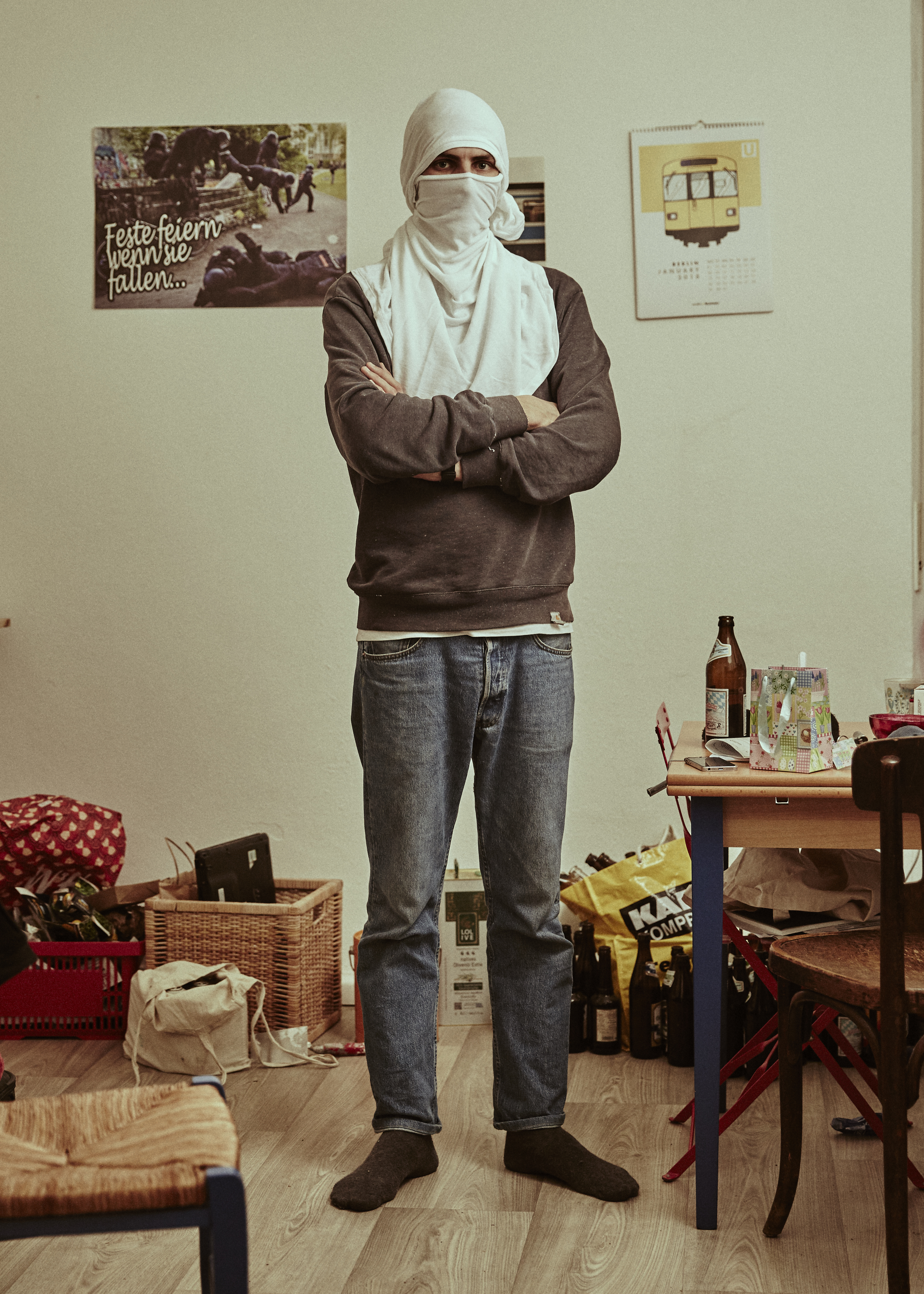


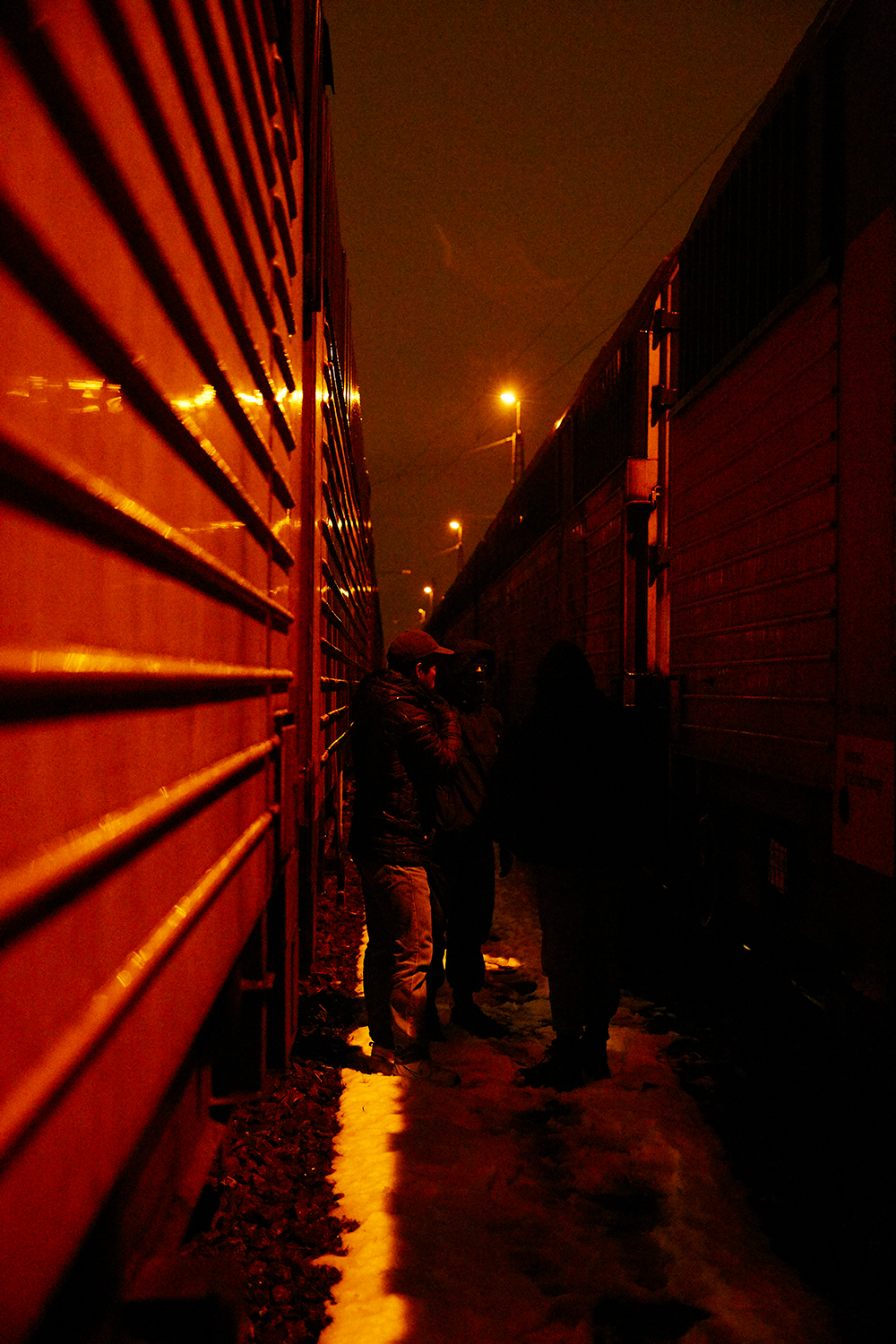
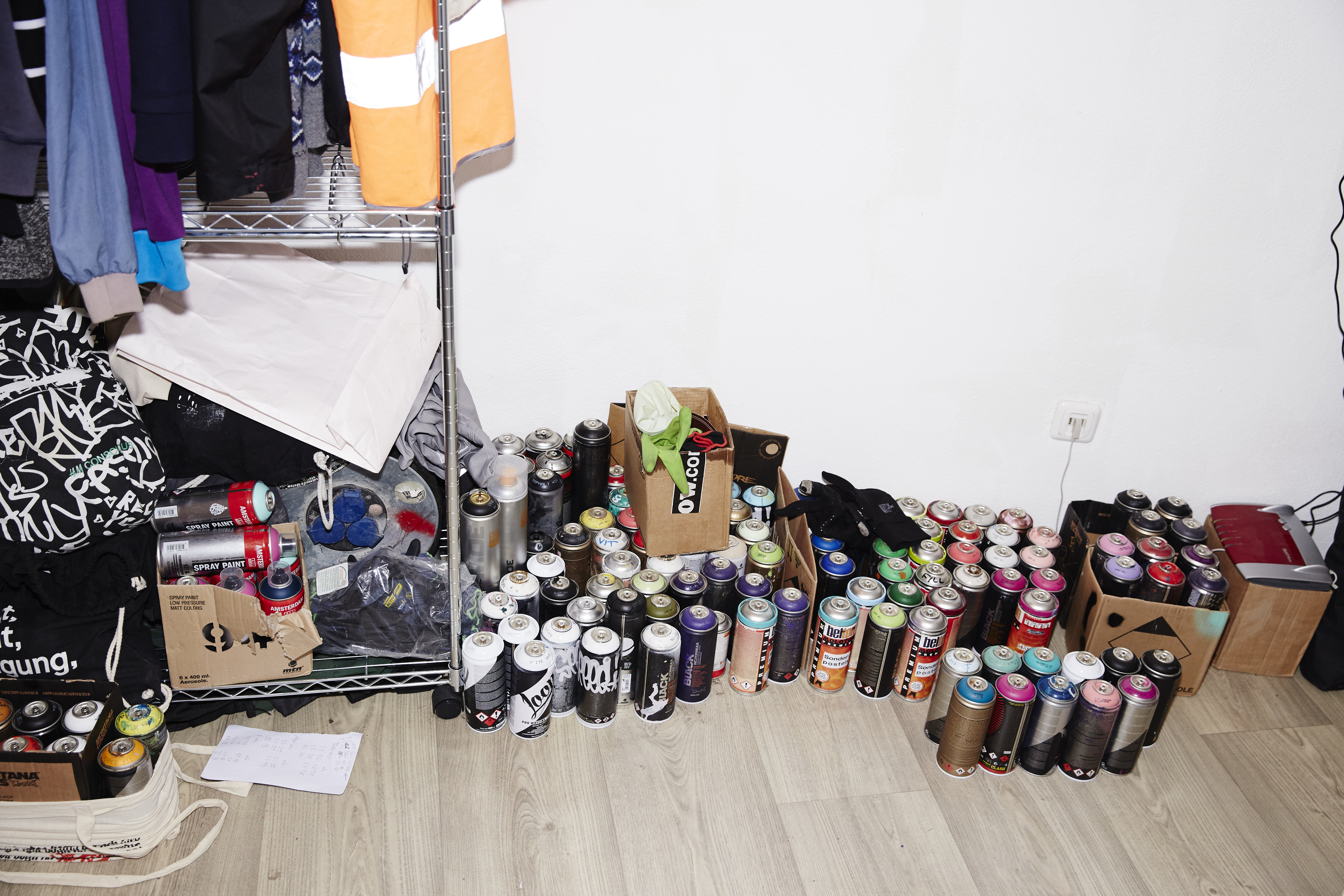


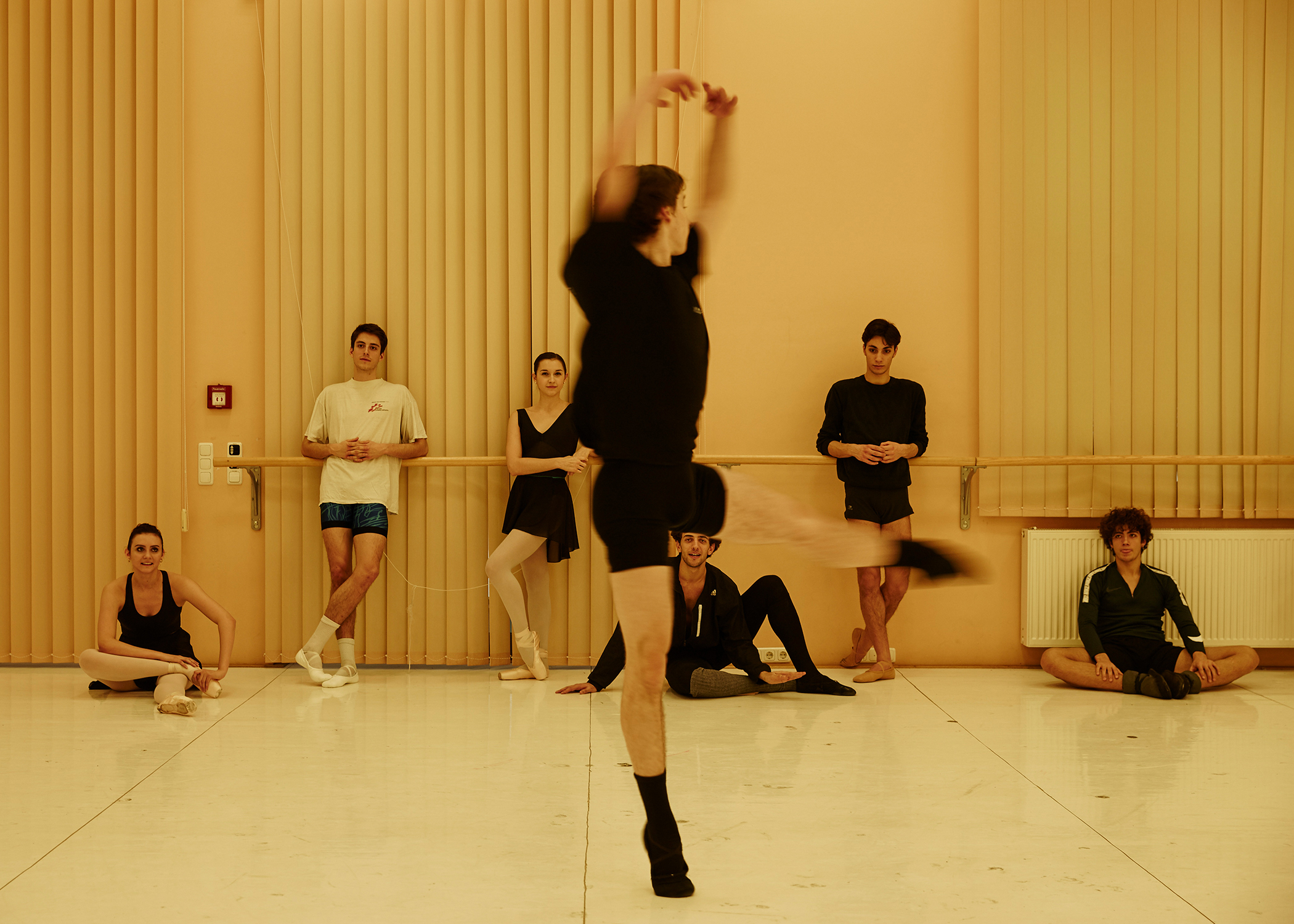
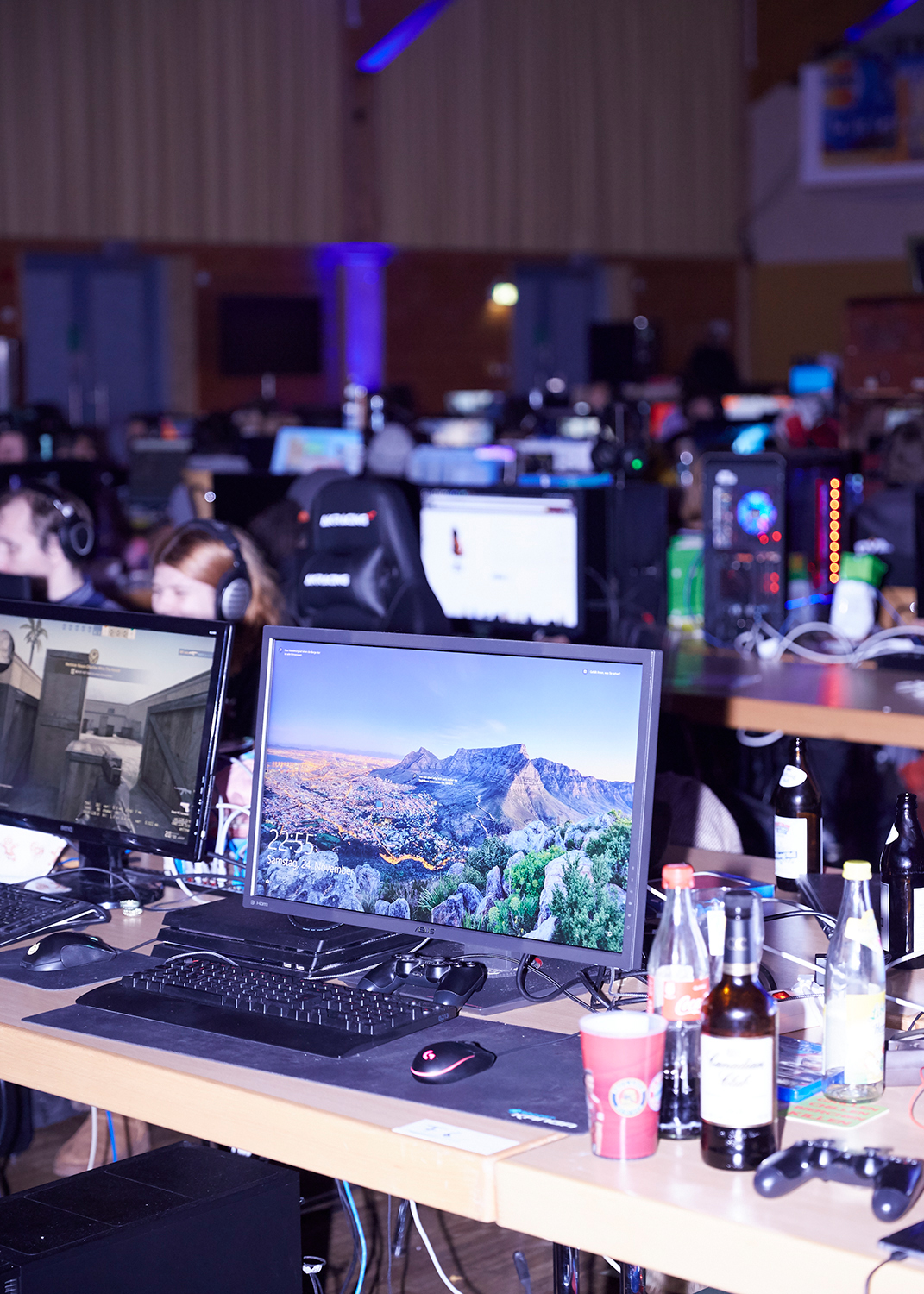

Exhibition Kloster Ottobeuren


